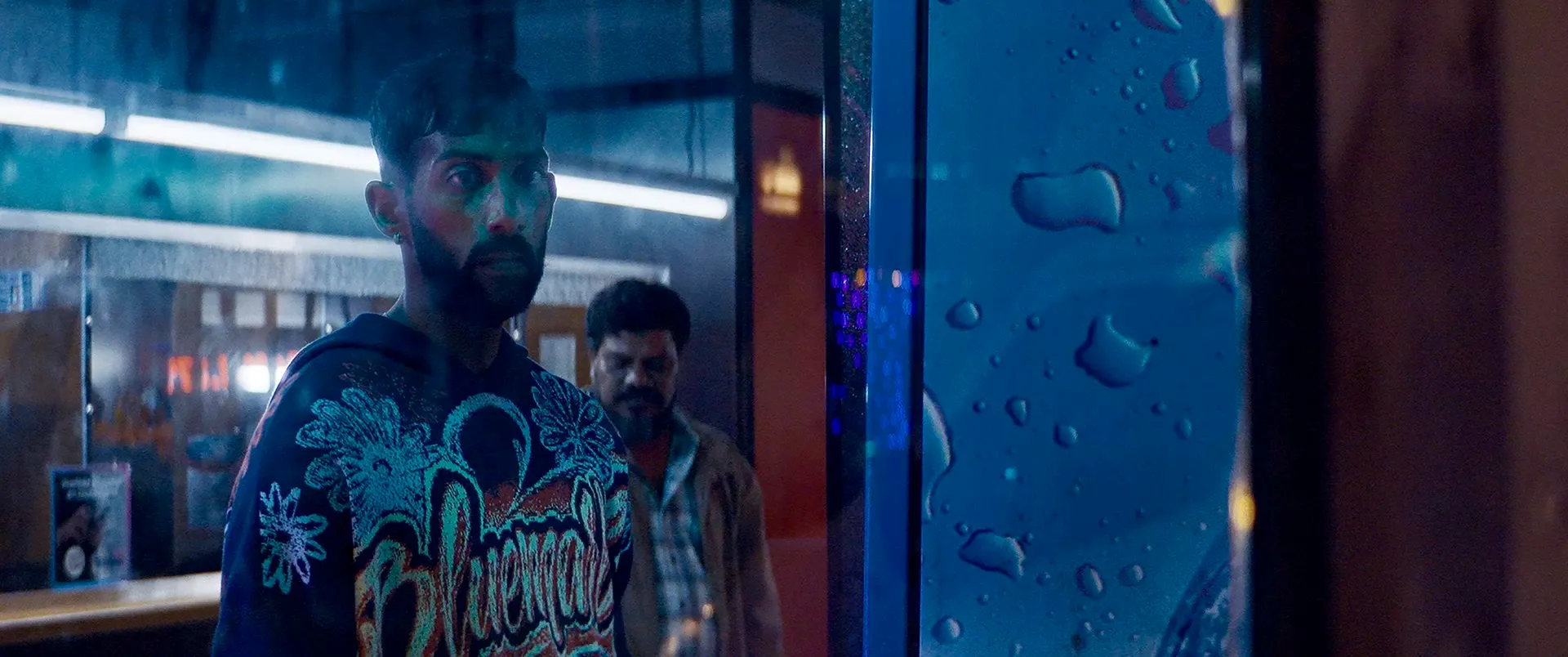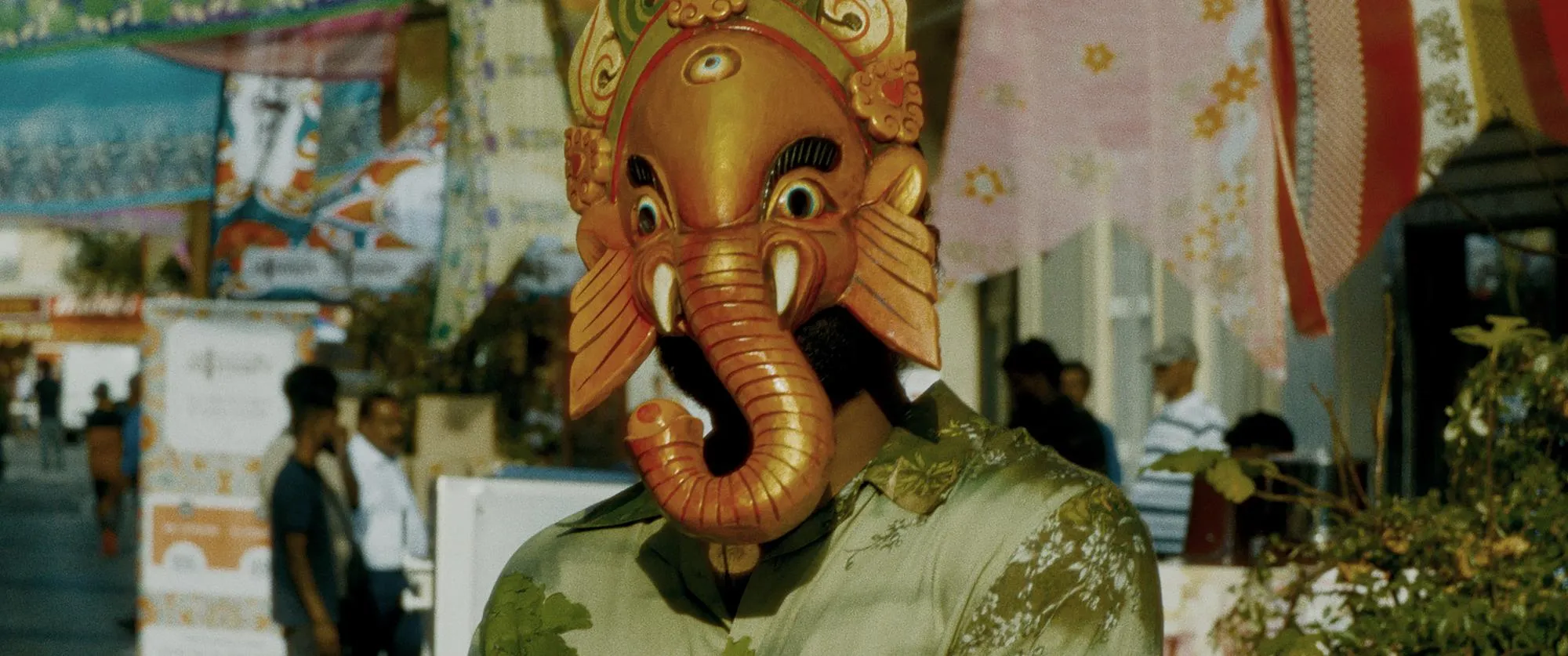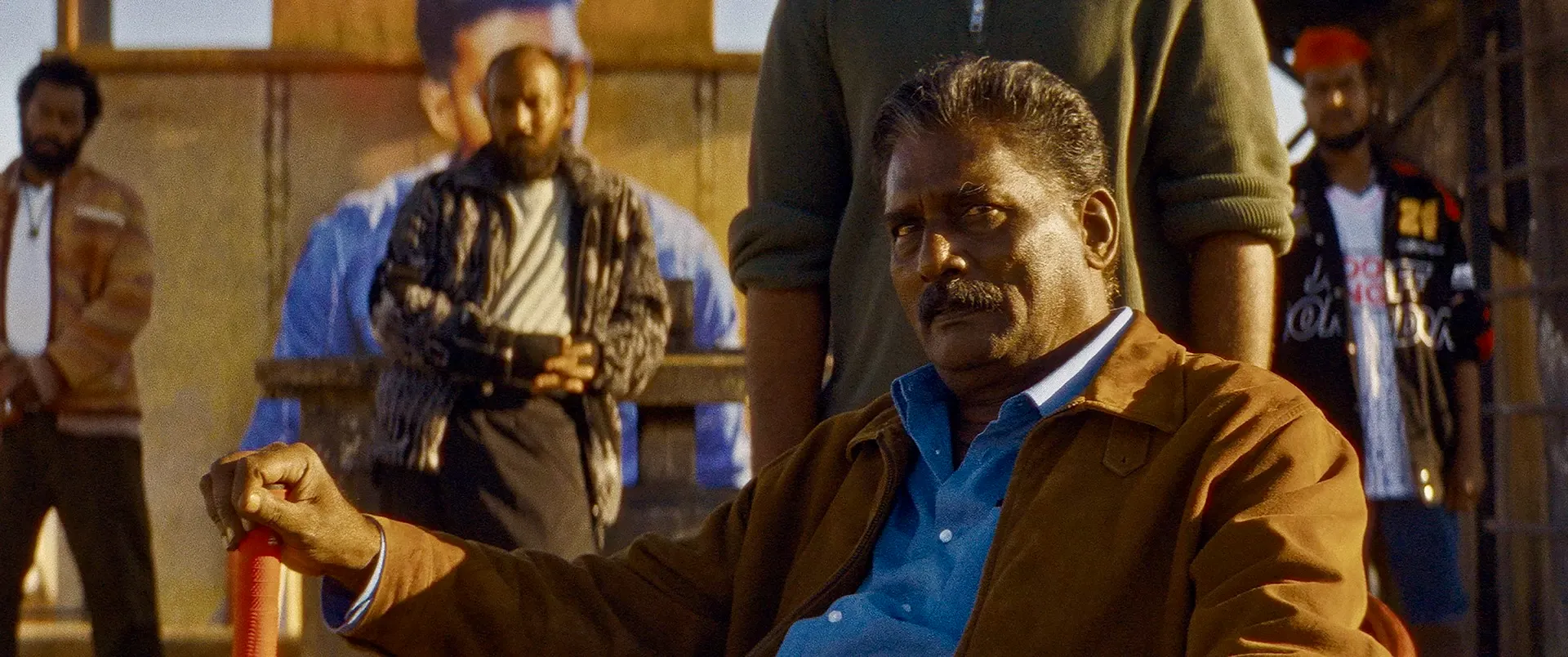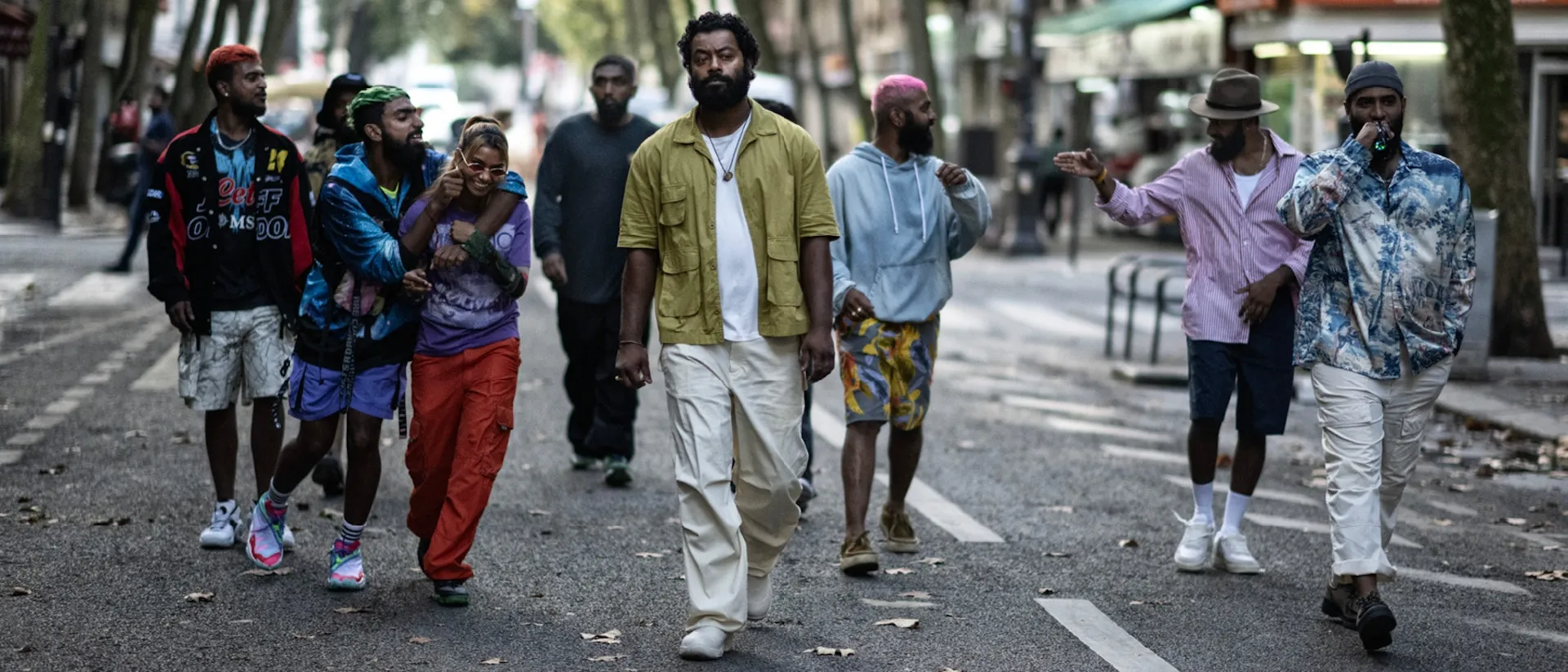“Little Jaffna,” directed by Lawrence Valin in his feature debut, is a crime drama set in Paris’ Tamil community, exploring identity within the diaspora. The film follows Michael, a Sri Lankan Tamil undercover cop, as he works within a local gang supporting the Tamil Tigers.
Valin, who also stars as Michael, brings an original viewpoint to a genre typically dominated by Western storytelling, creating a film that is deeply personal and globally significant. The district of Little Jaffna reflects the cultural and political tensions between tradition and assimilation in the immigrant experience.
The film explores identity—how it emerges from cultural heritage and personal history. Michael’s internal conflict between his Tamil roots and police duties reveals the challenges immigrants encounter while balancing cultural loyalty and societal adaptation.
The story also examines the Tamil Tigers’ impact, providing insight into how historical conflicts continue to influence diaspora communities.
The Tension of Dual Allegiances: “Little Jaffna” and the Struggle Between Duty and Belonging
Michael, an undercover cop, infiltrates the Killiz, a Tamil gang, to investigate their financial support for the Tamil Tigers. His role straddles two worlds—law enforcement and the Tamil community—creating a complex personal journey.
Michael’s story explores identity within the Tamil diaspora, highlighting the struggles of immigrants balancing cultural heritage with new societal expectations. The gang’s illicit activities, including extortion and money laundering, intertwine with their political motivations of supporting the Tamil Tigers.
Raised in France, Michael had distanced himself from his Tamil roots, but his immersion forces him to confront his father’s history and personal heritage. As he connects deeper with the gang, his loyalty conflicts with his official mission, revealing the internal struggle of someone caught between two cultural identities.
The film explores broader narrative threads beyond Michael’s personal story. A rivalry between the Killiz and the Sura gangs provides context for the community’s internal tensions.
This conflict serves as a backdrop to Michael’s evolving understanding of his place in a fractured world. His relationships with gang members like Aya, a father figure embodying a masculinity Michael has never fully embraced, and Puvi, whose romantic entanglements add personal complexity, deepen the narrative.
Michael’s interactions reveal his growing attachment to the community, even while remaining suspicious of their criminal activities. The story illuminates how external conflicts often mirror internal struggles, with Michael’s journey shaped by his inherited history and the lingering impact of the Tamil Tigers.
The Weight of Identity: “Little Jaffna” and the Struggle for Belonging
Michael, a police officer, struggles between two worlds. Raised in France, he has distanced himself from his Tamil heritage while working undercover in the Killiz gang. His initial emotional detachment gradually shifts as he engages with the gang, confronting the complexities of identity and his father’s legacy in the Tamil Tigers.
Michael’s journey reveals a deep internal conflict between duty and belonging. He wrestles with competing forces—his Tamil identity, French citizenship, and police responsibilities—reflecting the broader immigrant experience.
Aya, the Killiz gang leader, becomes a critical figure in Michael’s development. Part mentor, part antagonist, Aya represents a paternal presence Michael never experienced. Their relationship explores the tension between shared heritage and criminal activities, creating a complex psychological bond.
Puvi, a gang lieutenant, adds emotional depth to the narrative. His romantic connection to the rival gang’s family introduces personal stakes to the criminal conflict. Unlike Michael’s reserved nature, Puvi demonstrates raw emotional vulnerability, highlighting different approaches to loyalty and identity.
Ammamma, Michael’s grandmother, serves as a quiet connection to his childhood and cultural roots. She embodies the Tamil community’s traditional values, providing a counterpoint to the violent world Michael navigates.
Cinematic Style and Direction: A Fusion of Genres and Cultural Contexts
Little Jaffna merges crime thriller and social drama, blending cinematic styles that reflect global influences and the Tamil diaspora experience. The film draws from urban thrillers, Bollywood, and Japanese gangster film techniques, creating a unique storytelling approach.
While using classic crime thriller elements like undercover cop narratives and gang dynamics, the film explores the Tamil community’s social and political struggles. This approach connects with local audiences familiar with diaspora experiences and global viewers interested in cultural storytelling. The movie transcends typical action narratives by examining identity, loyalty, and historical trauma.
Maxence Lemonnier’s cinematography captures Paris’s Tamil community with remarkable depth. The district becomes a living character, showcasing cultural intersections and historical conflicts. Lemonnier uses close-ups and intimate shots to reveal characters’ internal struggles, particularly Michael’s divided identity.
Strategic slow-motion sequences highlight emotional moments and moral challenges. Visual motifs, such as recurring hand imagery, reference cultural heritage and tensions between tradition and adaptation.
Lawrence Valin directs with a contemplative approach that prioritizes character development over action. The film’s measured pace allows for emotional exploration, especially during Michael’s internal conflicts.
Valin balances intense scenes with reflective moments, inviting audiences to consider broader social and political themes. The storytelling mirrors Michael’s emotional journey, gradually building tension as his identity unfolds. By rejecting conventional action-driven structures, the film offers a nuanced exploration of belonging, loyalty, and personal discovery.
Performances: The Heartbeat of Little Jaffna‘s Emotional Core
Lawrence Valin’s portrayal of Michael forms the emotional core of Little Jaffna. His performance reveals a man caught between French society and Tamil heritage during an undercover mission.
Valin’s restrained acting speaks through subtle facial expressions, communicating Michael’s internal struggle. He captures the character’s emotional journey from detached police officer to conflicted son with remarkable precision. Michael’s transformation emerges through quiet moments of reflection, avoiding dramatic outbursts.
Vela Ramamoorthy plays Aya, the gang leader who becomes a surrogate father to Michael. His character balances authority with unexpected vulnerability. Ramamoorthy creates a complex portrait of leadership, showing Aya’s protective instincts toward Michael while maintaining gang loyalty.
Puviraj Raveendran brings depth to Puvi, a gang member whose tough exterior hides emotional complexity. His performance reveals the character’s sensitivity amid a harsh environment. Raveendran shows Puvi’s internal conflicts through nuanced acting.
Radhika Sarathkumar portrays Ammamma, Michael’s grandmother, with understated strength. Her quiet presence provides emotional stability. Kawsie Chandra’s Selvi adds texture to the family dynamics, complementing the film’s exploration of identity and connection.
Conclusion: “Little Jaffna” – A Powerful Lens on Identity and Displacement
Little Jaffna explores the Tamil diaspora in France, presenting a complex narrative of identity, loyalty, and survival. The film weaves crime thriller elements with social commentary, examining the Sri Lankan civil war’s lasting impact.
The Tamil Tigers’ legacy deeply influences characters’ personal choices and community connections. Michael’s internal struggle between his Tamil roots and police responsibilities creates a powerful narrative about immigrant experiences. The story reveals the challenges of cultural identity and belonging in a foreign environment.
The film’s strength emerges through powerful performances. Lawrence Valin portrays Michael with subtle emotional depth, capturing the character’s internal conflicts. Vela Ramamoorthy plays Aya with nuanced intensity, while Puviraj Raveendran brings complexity to Puvi’s character.
The cast creates a rich emotional landscape that transcends cultural boundaries. Despite familiar crime thriller techniques, the film offers a unique perspective on diaspora life, challenging viewers to understand the intricate experiences of displaced communities.
The Review
Little Jaffna
Little Jaffna is a compelling crime drama that merges genre storytelling with a thoughtful exploration of identity, loyalty, and the immigrant experience. Lawrence Valin’s nuanced performance and the film’s cultural depth elevate it beyond typical crime thrillers, offering a poignant reflection on the Tamil diaspora and its complex ties to both heritage and modern life. While its pacing and genre conventions may feel familiar, the film’s emotional weight and socio-political relevance make it a standout.
PROS
- Thoughtful exploration of identity and cultural conflict.
- Strong performances, especially by Lawrence Valin and Vela Ramamoorthy.
- Rich cultural context that sheds light on the Tamil diaspora in France.
CONS
- Slow pacing may feel too deliberate for some viewers.
- Some genre conventions and plot points can feel predictable.




















































